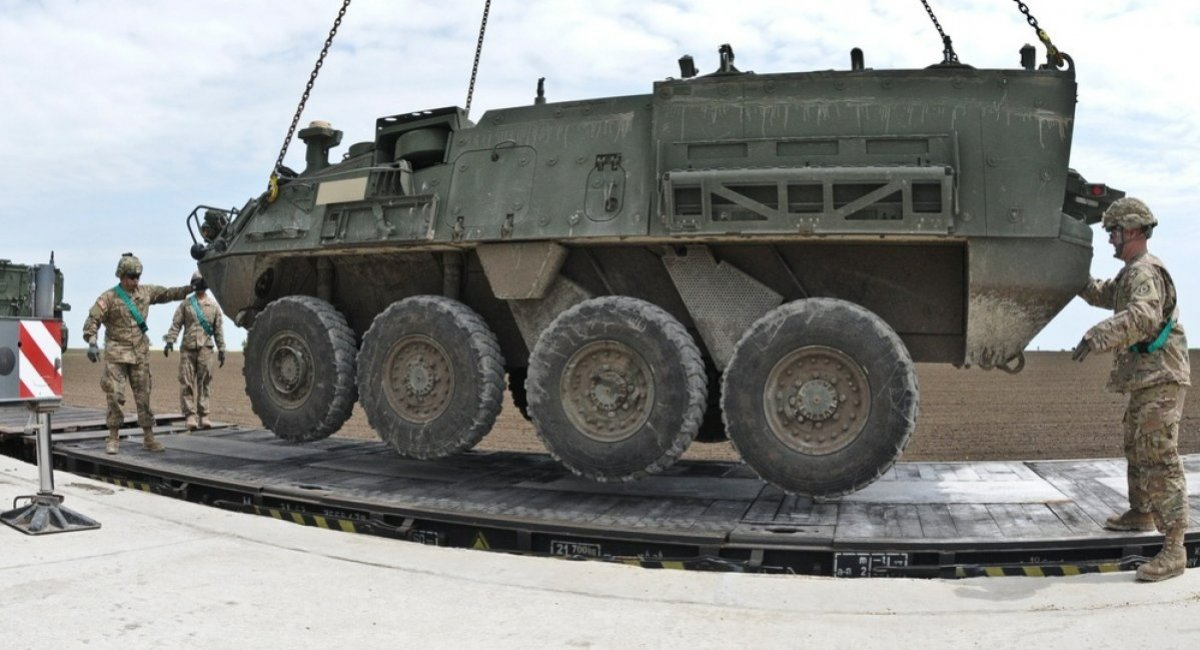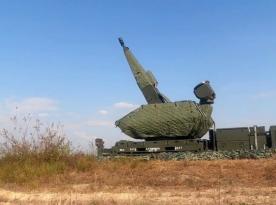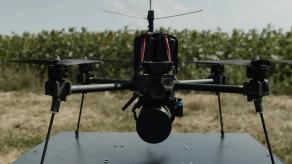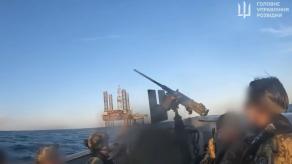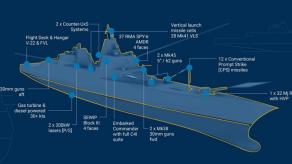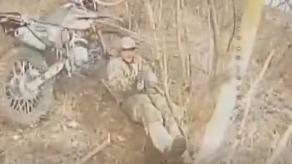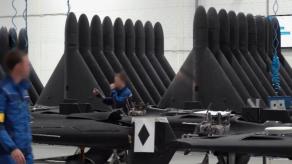Although NATO continues to promote the idea of a so-called "Military Schengen" to streamline military logistics across Europe, recent news from Romania cast doubt on the feasibility of these agreements. One telling example is the critical state of Romania’s railway infrastructure, where freight train speeds are often compared to that of a bicycle.
According to DefenseRomania, the state-owned railway operator CFR Marfa received just €2 million from the government to support military transportation. But given the company’s financial troubles, this amount is barely enough to sustain basic operations, let alone fund any modernization.
Read more: K2 Tank's Tonnage Exceeds Romanian Road Capacity: Hyundai Could Offer a Solution
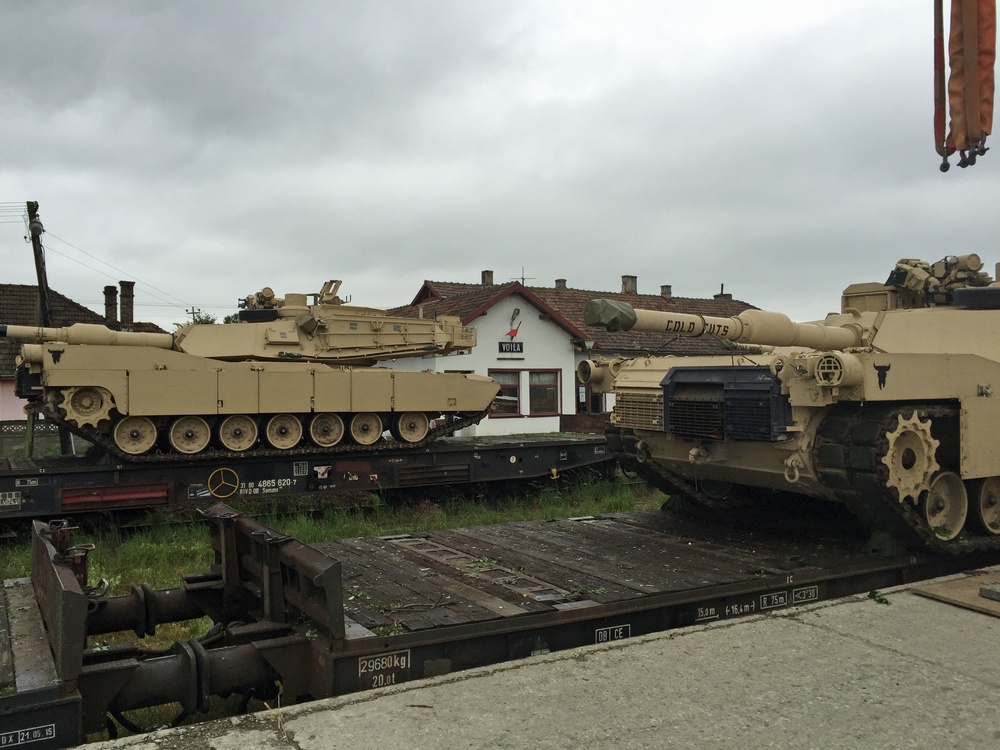
On a note from Defense Express, logistics rarely receive the attention they deserve in assessments of military capability, despite being its vital component, especially for multinational alliances like NATO. Railways remain one of the most efficient methods for large-scale overland troop and equipment movement, making their condition a high-priority strategic concern.
Europe is frequently praised for its excellent passenger rail networks. But when it comes to military mobility, the problems start to pop up one after another. Bureaucratic hurdles, outdated coordination mechanisms, and customs procedures often delay the movement of military cargo — even in countries with advanced infrastructure, such as Germany.
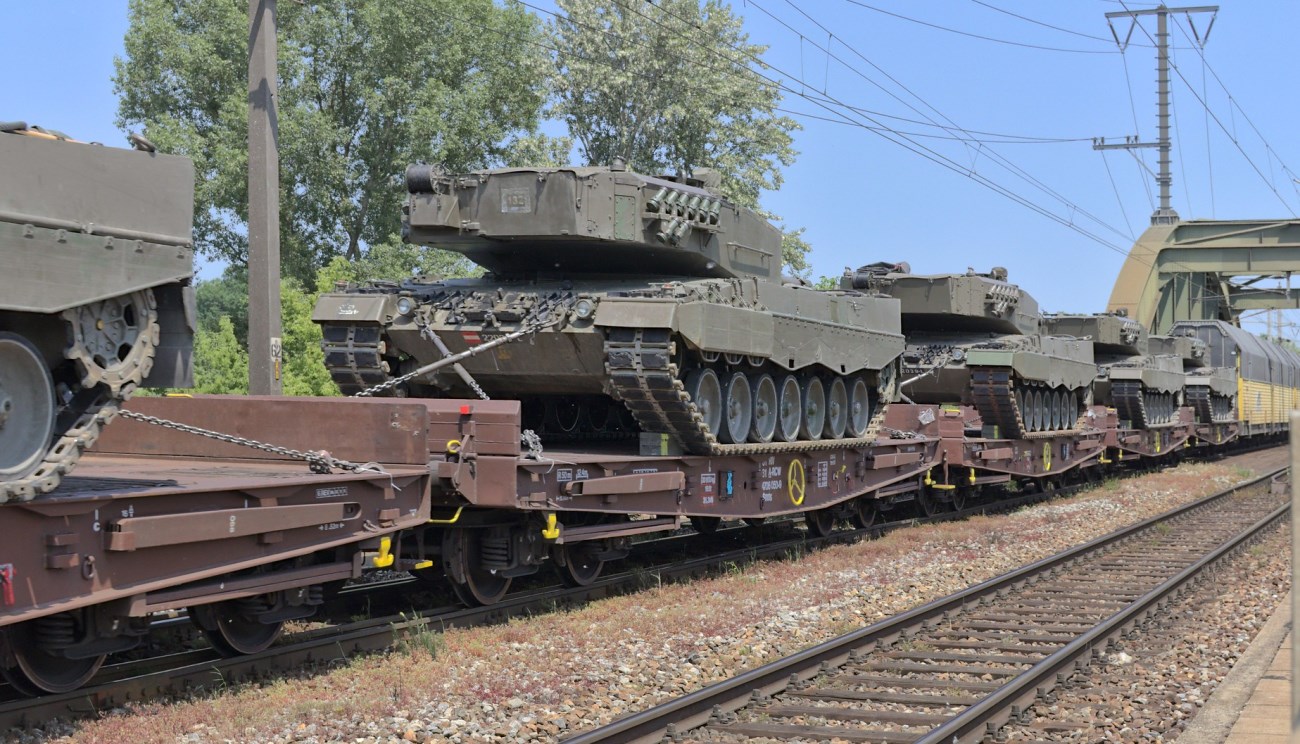
To address this, the EU has proposed creating a "Military Schengen": remove legal and diplomatic barriers to ease cross-border military transport. However, as DefenseRomania points out, that’s only half the solution. Streamlining paperwork cannot compensate for old rusty rails and bridges in critical condition, which not only slow down but sometimes physically constrain the movement of military trains — as exemplified by transit of military aid to Ukraine.
Another serious concern is that poor infrastructure is more vulnerable to sabotage. Stopping or even destroying a strategic train route is much easier to set up, and the potential consequences are obvious.
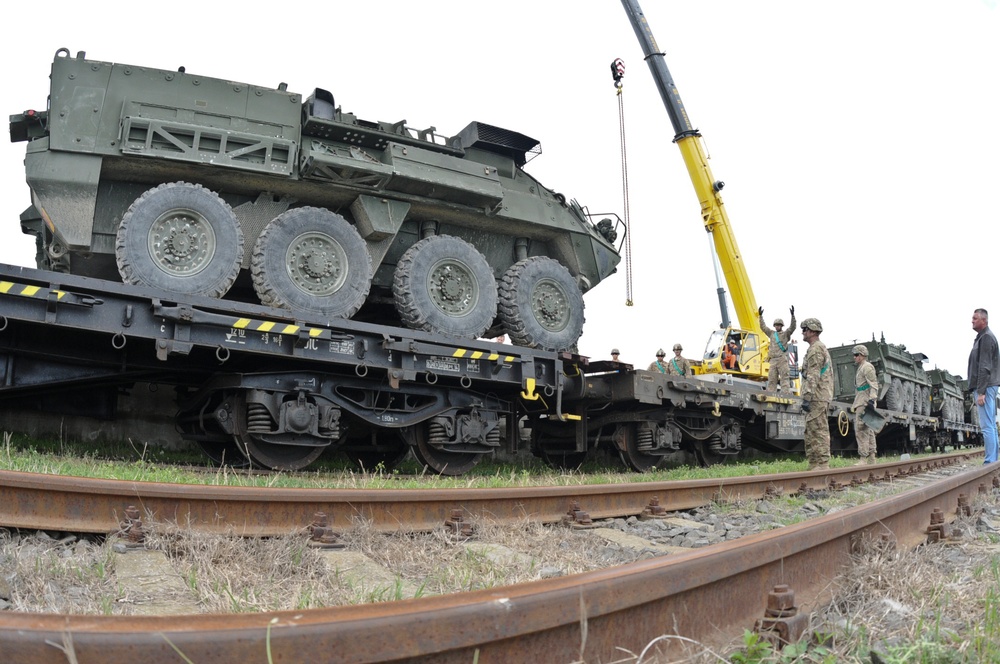
The journalists also recall that during the Cold War, Europe still could carry out rapid troop deployments. That is no longer the case today. The question facing NATO is not whether it can afford to fund railway modernization, but whether it can afford not to.
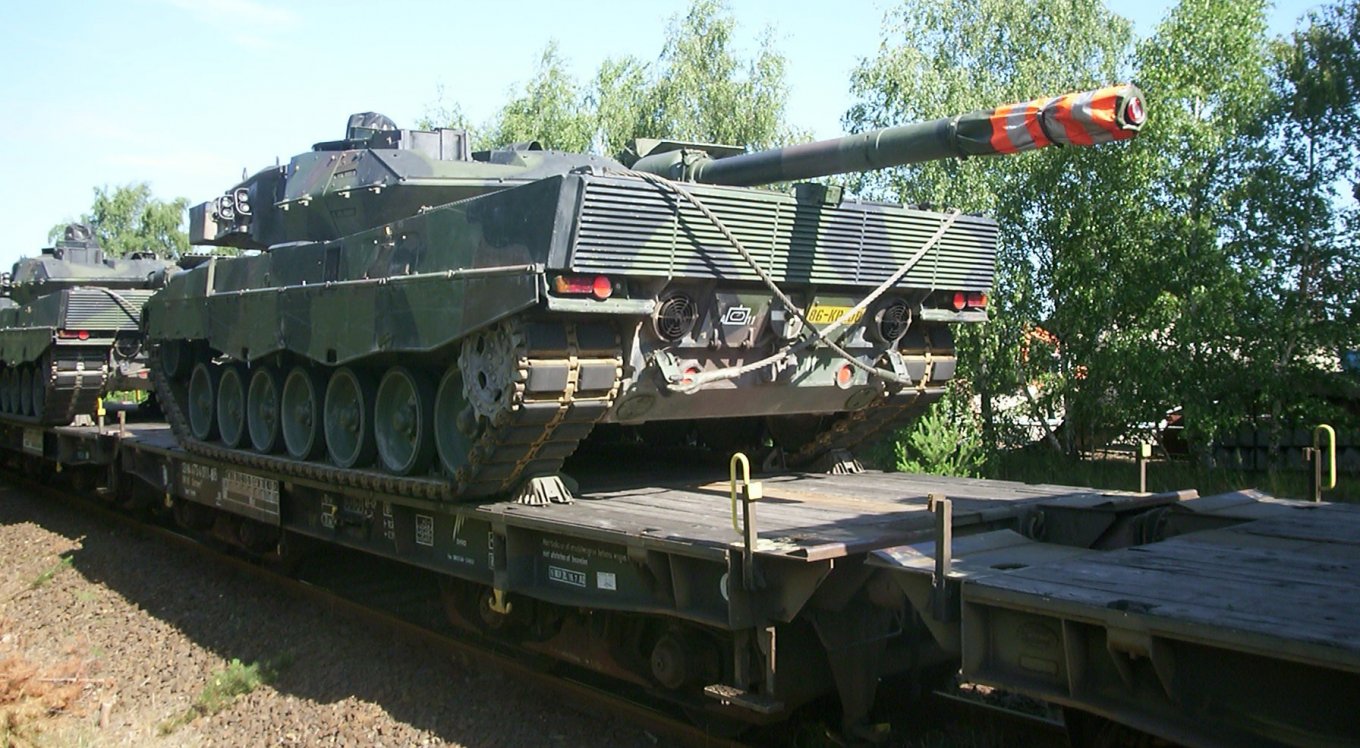
Ukraine, too, can draw lessons from this. While its railway system is in somewhat better condition than Romania’s, it still leaves much to be desired. Western funding has enabled some incremental upgrades, but there is still a long road ahead.
Yet Ukrainian railway workers have shown remarkable resilience and adaptability amid the war against russia, maintaining logistical flow even under extreme conditions. Still, investments in transport infrastructure are critical for the defense capabilities of countries and interstate alliances.
Read more: The Military Schengen: What It Means and Why More Than Just About Documents




